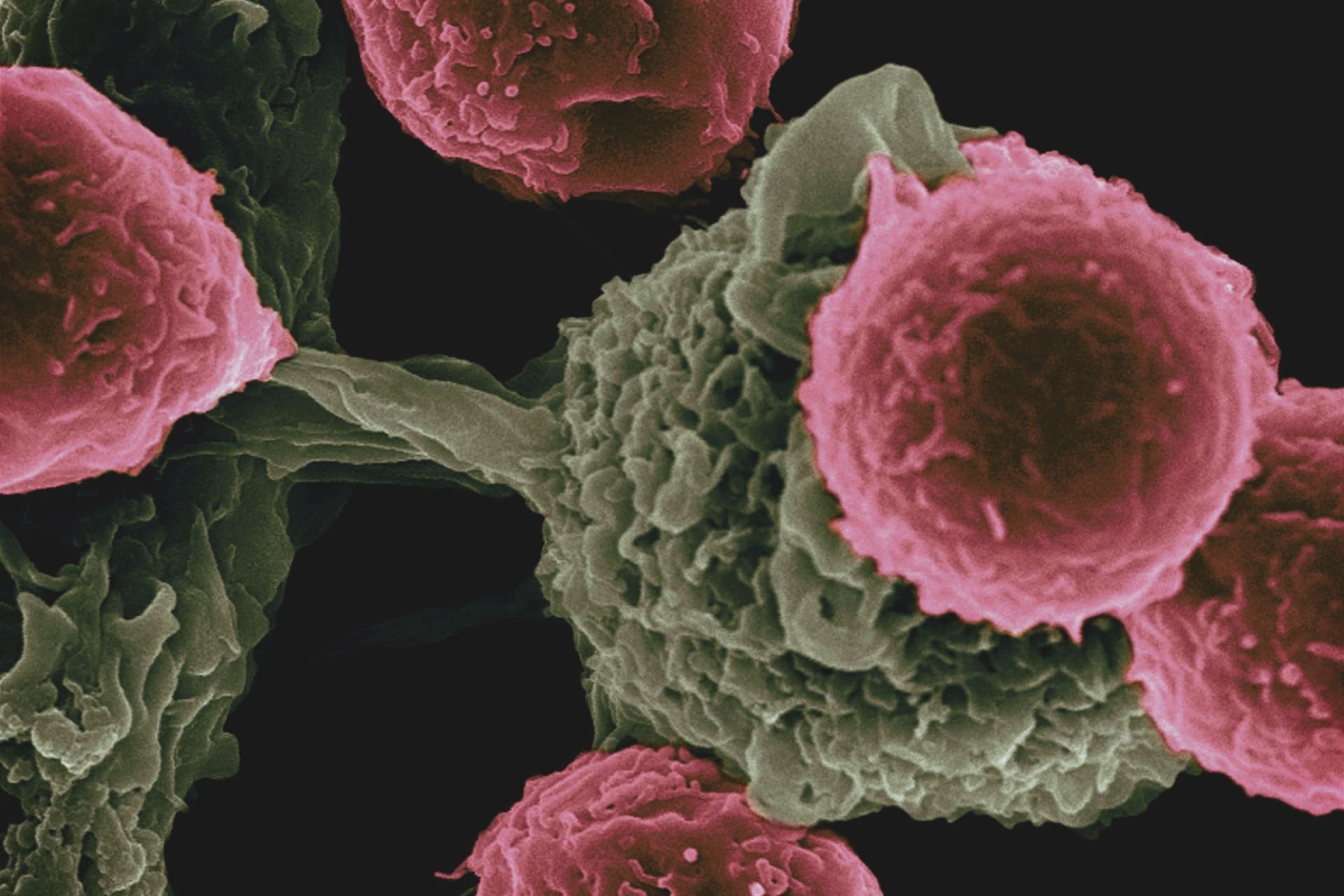The incidence of OSCC varies widely across the world. Worldwide, men have the highest rates while women have the lowest rates. High rates are found in the Western industrialised countries, especially the United States, and in the less developed regions, particularly China, Iran, and East Africa. The “oesophageal cancer belt” extends from China to East Africa and includes the countries of Central Asia. Symptoms are not uncommon in both men and women.
Endoscopy
A surgeon may recommend endoscopy for oesophagitis to check the cancer’s spread. The procedure is not painful. Before the procedure, the endoscopist will spray a local anaesthetic to numb your throat. If you do not want to be sedated, you can wear your own clothes during the procedure. The endoscope is larger than a pen and may be uncomfortable, but the pain should be minimal.
After the procedure, your doctor will carefully connect the remaining portion of the esophagus to the stomach. He may use a plastic tube or a piece of your intestine to achieve this. He may also remove lymph nodes from the esophagus and view them under a microscope to determine if they are cancerous. Finally, he or she may place an expandable metal stent within your esophagus to keep it open.
EUS is often performed along with upper endoscopy. The use of sound waves allows physicians to see images of the esophagus. Ultrasound can also help determine the depth of the tumor and whether it has spread to nearby lymph nodes. Some tests may be repeated in the course of treatment or after it has been completed. This article describes some of the benefits and limitations of endoscopy for oesophageal cancer.
Although the acceptability of screening for GC and oesophageal cancer are still in their infancy, they are highly recommended for those with a family history of the disease. In addition, screening for GC is often offered in settings outside of organized screening programs. Although not yet universal, acceptability rates are increasing. The cost-effectiveness of screening for oesophageal cancer is often the key to its success.
Endoscopic ablative therapy
There are several treatments for oesophageal cancer that are endoscopic. Endoscopic ablative therapy involves destroying the cancer cells with an electrical current through a probe. The probe works in conjunction with other endoscopic procedures, such as cryospray ablation. This treatment uses extreme cold to freeze tissue, killing any cancer cells that may be left behind. It may be used to treat early-stage esophageal cancers.
The occurrence of esophageal cancer has increased in recent years, especially in the Asia-Pacific region. The use of endoscopic therapy has allowed for the curative treatment of early esophageal squamous cell neoplasias. Endoscopic radiofrequency ablation, a newly developed treatment for Barrett’s esophagus, has shown promising efficacy. The procedure can also be used for dysplasia in Barrett’s esophagus.
The goal of BE is complete eradication of intestinal metaplasia and re-epithelialization of the esophagus with squamous cells. This is done by inducing tissue necrosis through an oesophageal squamous cell biopsy. Once acid has been suppressed, the destroyed tissue is replaced with normal squamous mucosa. In addition to BE, nonthermal ablative endoscopic therapies are also available, including photodynamic therapy and cryotherapy.
Patients were provided with a full discussion of the risks and benefits of oesophageal squamous cell neoplasia. They gave written informed consent to this treatment. In addition, they were told about the risks of esophageal cancer. The treatment has a high success rate, but it is still an experimental procedure that requires considerable experience and expertise.
Chemotherapy
As with any form of chemotherapy, the dose and frequency of treatment vary. The average cycle of chemotherapy involves visits every two to three weeks. A tablet is given intravenously through a vein in the arm. The dose of chemotherapy varies with each patient, depending on the type and location of the cancer. The chemotherapy also causes hair loss and may increase your risk of infection. During treatment, you may be given anti-sickness drugs.
Aside from chemotherapy, oesophageal cancer patients can also receive surgery. This procedure removes the tumor and some healthy tissue, but it may not be completely removed. Surgeons specializing in surgical oncology will often use surgery without chemotherapy. This combined therapy has been shown to improve survival. If patients tolerate surgery, they may receive immunotherapy in addition to chemotherapy. Alternatively, patients may receive a combination of radiation and chemotherapy.
Depending on the type of cancer and stage, treatment for oesophageal cancer may include chemotherapy before or after surgery. Common chemotherapy drugs used for this condition include fluorouracil, capecitabine, cisplatin, and epirubicin. These drugs are given intravenously and are given for about two to four weeks after surgery. Patients with stage II or stage III oesophageal cancer may require chemotherapy before surgery.
Surgery is the standard of care for localised oesophageal cancer. However, it is not the best option in all patients. In the early stages, surgery is often the most effective form of treatment for oesophageal cancer. It may help control the progression of the disease. Patients who undergo surgery have an increased risk of dying from the cancer. These patients often also experience more complications than patients with chemotherapy.
Radiotherapy
Patients who have a recurrent or locally advanced form of oesophageal cancer often undergo radiotherapy in order to control their symptoms. The aim of radiation therapy is to kill cancer cells, often by using high-energy x-rays. Radiation therapy can be delivered externally or internally. External beam radiation therapy involves delivering radiation from a machine outside the body, also known as a linear accelerator. Patients are treated with this form of treatment five days a week for about two to three weeks, and the sessions last 10 to 15 minutes each time.
One trial is being conducted by the Southwest Oncology Group and involves patients with resectable or potentially curable stage II or III oesophageal adenocarcinoma. It is associated with a standard radiotherapy dose of 50.4 Gy. It included 19 patients and two pCRs, as well as mild toxicity. The trial was approved by the Swedish Cancer Agency and is being conducted by researchers at the Karolinska University Hospital in Stockholm.
There are several differences between SR and LR radiotherapy in patients with advanced oesophageal cancer. SR is the most common type of radiotherapy for this disease and is recommended for patients who are experiencing symptoms associated with advanced disease. Short-course radiotherapy is a valid palliative option, while LR has an inferior success rate. In addition, longer-term toxicity is a potential side effect of long-course radiotherapy.
Internal radiation therapy is also another treatment option. It involves placing a radioactive isotope (Iridium 192) in the esophagus, increasing the radiation dose to the cancer while sparing normal tissues. External-beam radiation therapy is often used in conjunction with brachytherapy. Brachytherapy may help slow tumour growth and prevent bleeding during chemotherapy. It can also be used as primary therapy.
Primary prevention
The incidence of oesophageal cancer is changing. The most common type of cancer is oesophageal adenocarcinoma, which has increased in the last 30 years. It is associated with chronic reflux, and the precancerous condition Barrett’s metaplasia is well established, but about 95% of patients do not know it. Other risk factors include age, smoking, and being Caucasian.
While genetics and family history of cancer are difficult to change, epidemiological studies have shown that a healthy diet and lifestyle are important for preventing oesophageal cancer. Two recent studies by the World Cancer Research Fund and the American Institute for Cancer Research suggest the importance of dietary components in preventing oesophageal cancer. However, further research is needed to determine which of these factors are important for preventing oesophageal cancer.
Oesophageal cancer is a major global health concern. In 2013 there were 442,000 new cases of the disease worldwide and nearly 440,000 deaths from it. This high fatality rate indicates that early detection is essential. Although the causes and mechanisms of oesophageal cancer are similar, there are some differences between the two diseases. Primary prevention of oesophageal cancer can help reduce the incidence of the disease, improve overall health, and extend life expectancy.
The incidence of oesophageal cancer is variable across regions and populations. In most regions, the disease accounts for a large proportion of deaths from cancer. However, in some countries the number of diagnoses exceeds that of cancer in all areas. In Europe, however, the combined incidence of oesophageal cancer is four to eight cases per 100,000 people. However, the rates in other areas are much higher.

